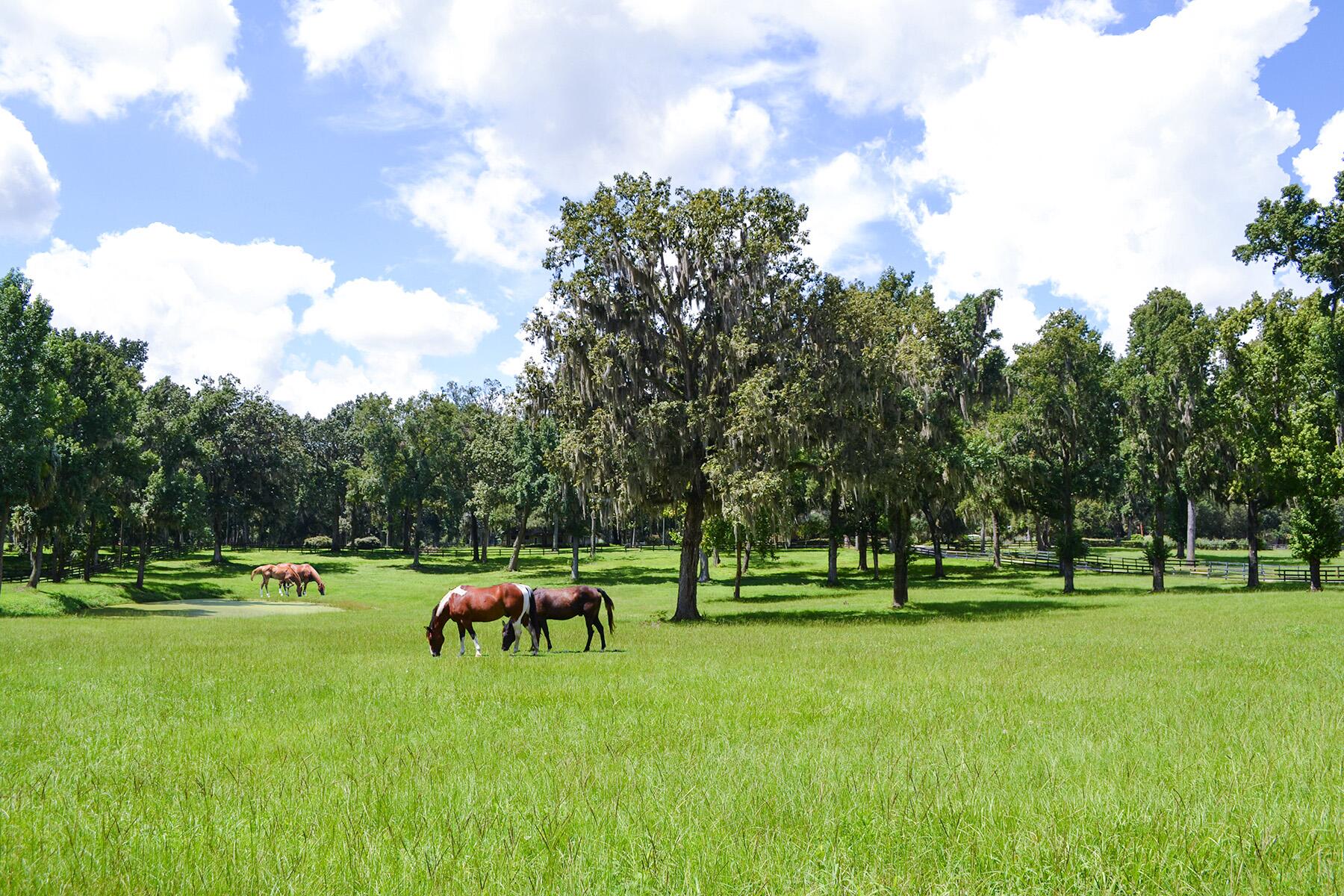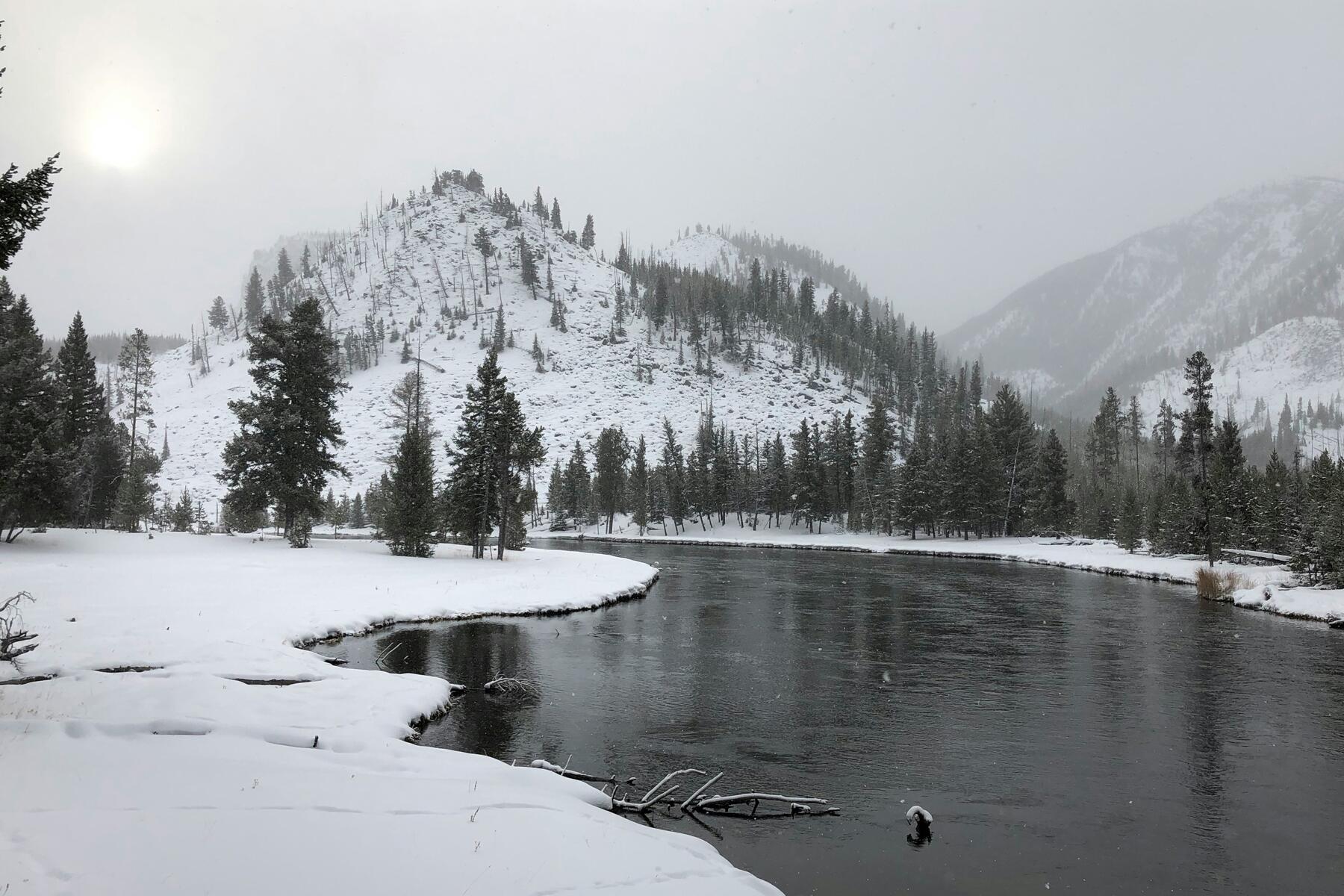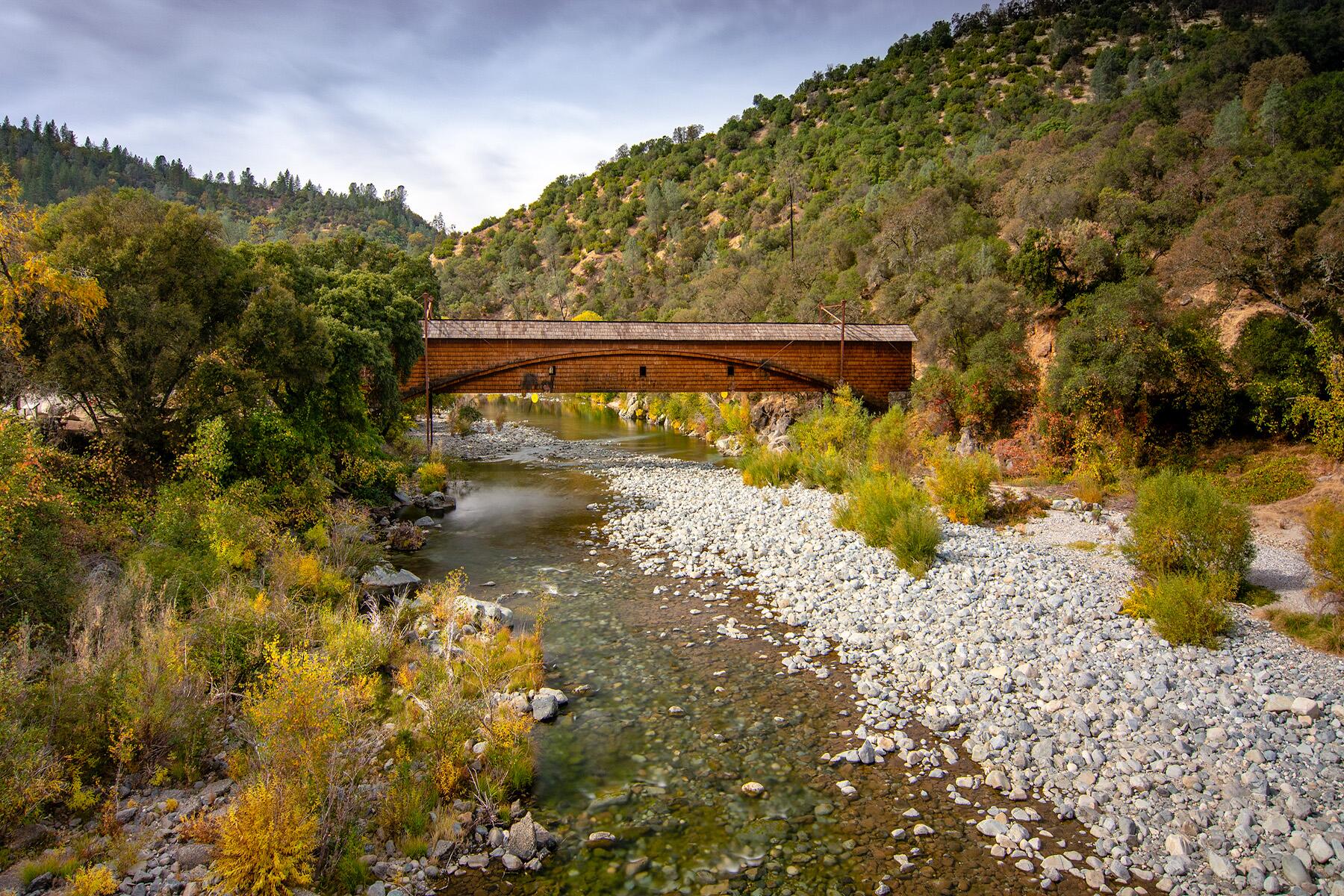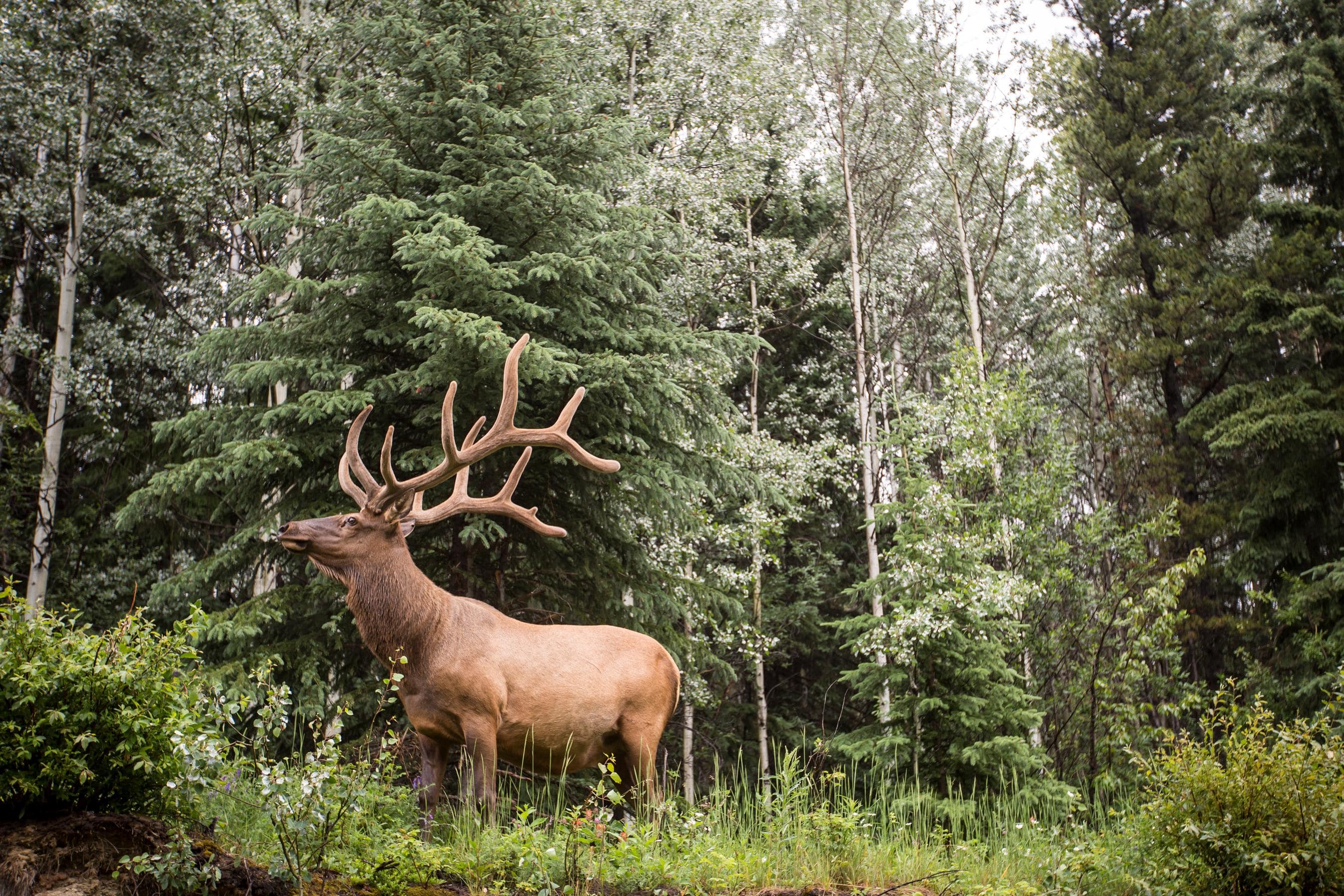How many times must it be said? Follow the rules.
I
t’s not just human visitors that have been found disturbing the wildlife in North American national parks. The Instagram account @TouronsofNationalParks has shared a video of visitors to Alberta’s Banff National Park allowing their dog unleashed near a pair of wild elk.
In the video, the photographer advises the visitors to leash their dog out of concern for its safety, and receives a brush-off. It’s worth noting that both the dog and its owners are well within the 30 meters of distance recommended by Parks Canada for safely viewing elk.
The photographers reported the incident to the Park Warden, who advised they’ll be pressing charges.
View this post on Instagram
The Canada National Parks Act requires visitors to keep their domestic companion animals leashed while in Canada’s national parks. The park’s website states, “To protect this special place, we always keep our pets on leash, knowing that wildlife’s survival may depend on it.
Keeping our pets on leash and under physical control at all times is the law, for both their safety and to care for the wildlife that live here. Off-leash dogs can trigger aggressive behavior from wildlife such as grizzly bears and elk, or harm smaller animals.”
Failure to do so can result in fines or jail time, depending on the severity of the offense. Disturbing wildlife is a more serious offense—violators charged with that offense are required to appear in court and could pay fines of up to CAD $25,000.
Recommended Fodor’s Video
While in this particular case the photographer’s concern was for the safety of the park visitor’s dog, unleashed companion animals can also seriously threaten wildlife populations.
In U.S. National Parks, federal law requires pets be on a leash no longer than six feet. In October 2018, the death of a juvenile North America river otter in Acadia National Park was attributed to two unleashed domestic dogs. U.S. parks have differing minimum distances for safely viewing wildlife, but in all situations (even outside national parks) a good baseline rule for viewing wildlife is that if the presence of yourself or your pet is enough for the wild animal to change your behavior, you’re too close.
It’s an especially fraught time to get to close to elk in North America. Elk rutting (mating) season runs from mid-August to mid-October, depending on the location. Male elk are especially aggressive during this season, and, like moose, tend not to distinguish between domesticated dogs and wolves, their natural predators in the wild. It’s estimated there are some 350 resident elk in Banff National Park.
The blog CampingWorld maintains a list of pet restrictions in each U.S. National Park, but it’s always a good idea to check the NPS.gov site for individual parks before every visit, as restrictions can vary by season and park conditions. In Canada, the Parks Canada website is a good resource on safely visiting national parks with pets, or even when it’s a good idea to leave them home (Parks Canada generally doesn’t recommend overnight campers bring companion animals).
In both the United States and Canada, national parks are considered public lands, meaning that citizens of each country are, in, fact, owners of park lands, and have an obligation to act as stewards of those lands when visiting. Paying for public lands through taxes does not afford the right to spoil the preserves for other citizens who might wish to enjoy park areas respectfully.
In addition to following regulations regarding companion animals, visitors to national parks should also obey instructions from park rangers or wardens, refrain from entering closed areas, venturing off trails, littering, leaving out food or directly feeding wildlife, or camping overnight without appropriate permits.
The U.S. National Park service was established in 1916 to preserve the ecological and historical integrity of U.S. National Parks, and to ensure they are accessible for public use and enjoyment. Parks Canada is even older—when it was established by the then-Dominion of Canada in 1911, it was the world’s first national park service.
Dog owners everywhere are destroying precious wildlife habitat by allowing their dogs to roam free whenever "no one is looking!" They take their dogs' entitlement--and theirs--as a given, and it is destroying co-existence with wildlife in communities everywhere. Same with some cat-owners. I empathize--but cannot condone the selfishness.






How come dogs are allow in National Parks. They should be banned in the first place.
I tend to agree. We love our furry friends, however, really?